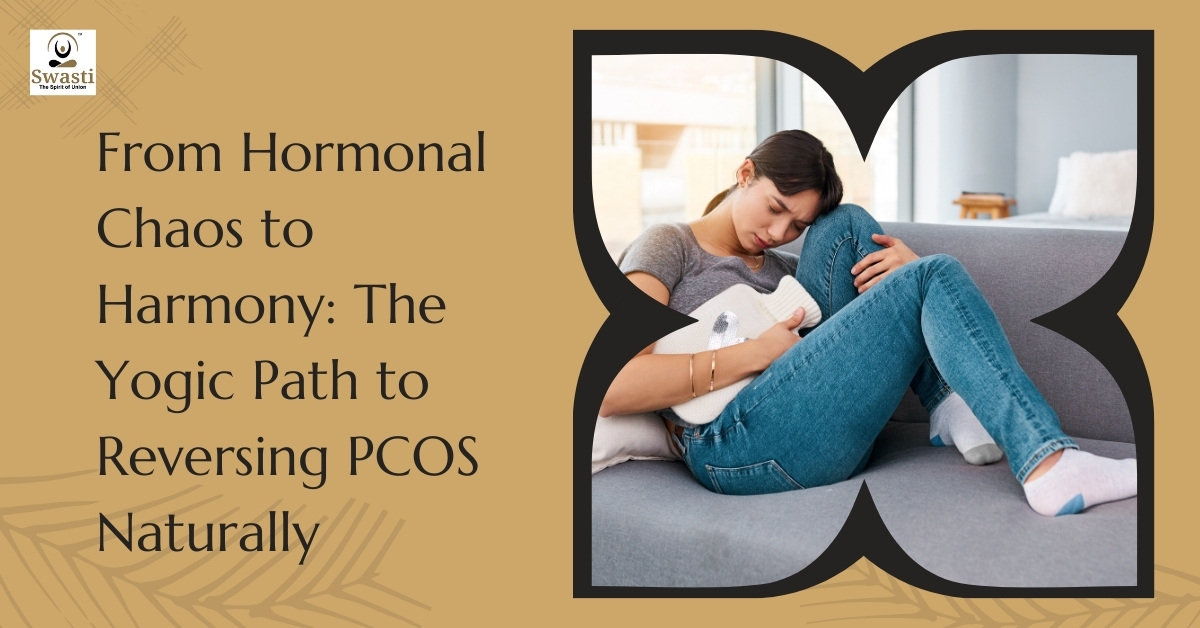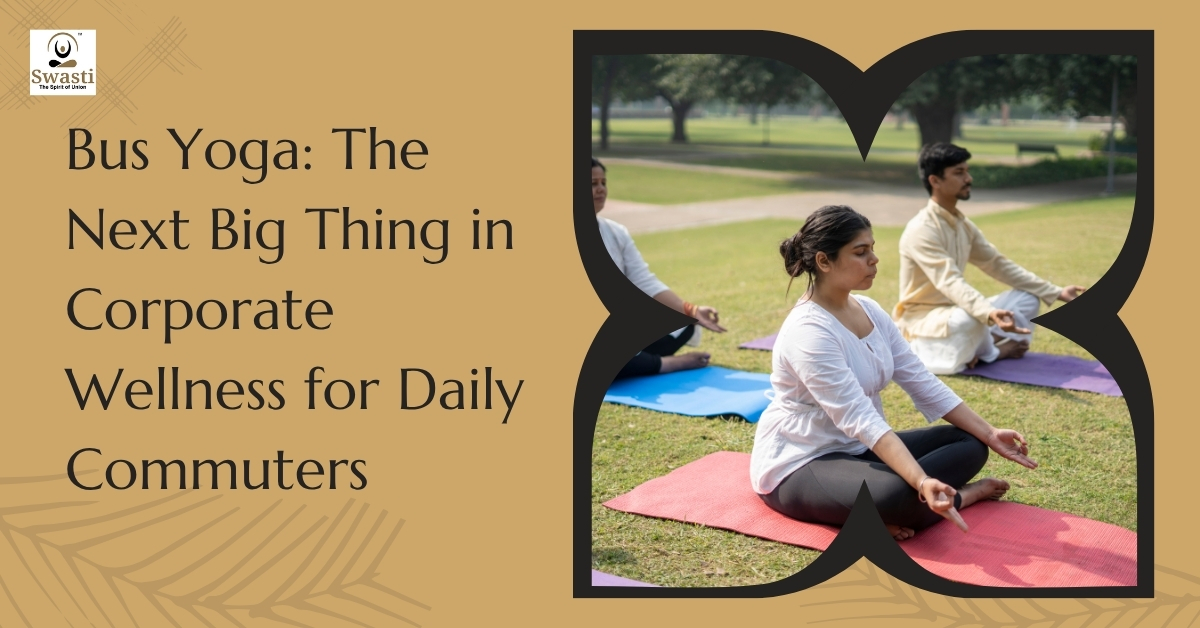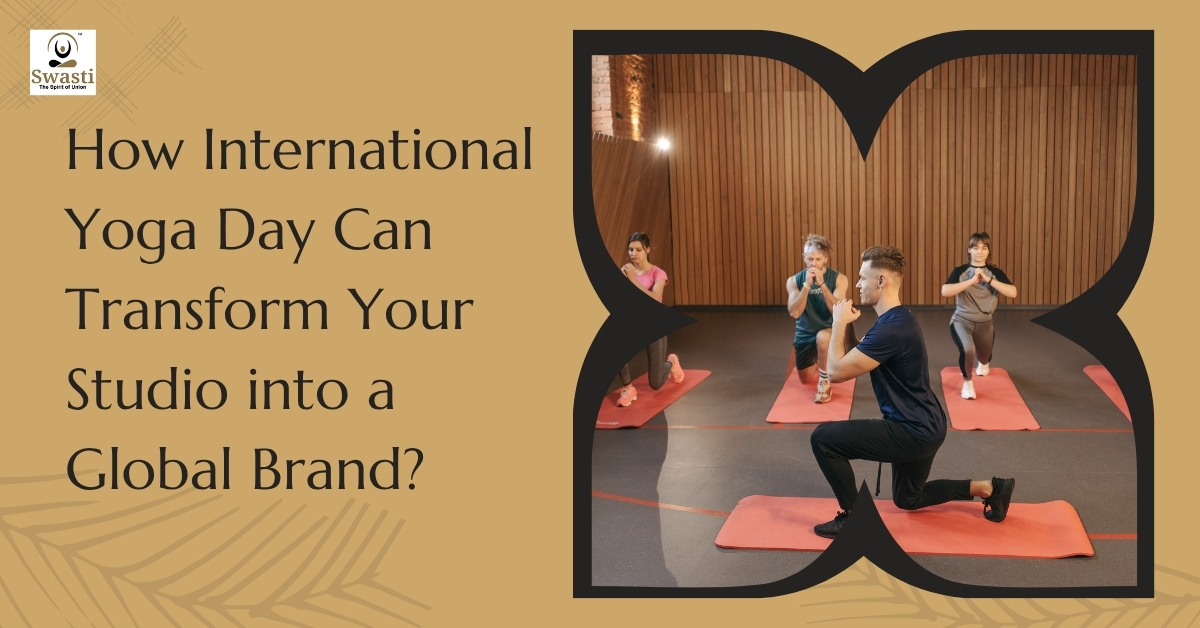
Why Yoga Should Be a Part of Every Nursing Student’s Life?
In today’s hyper-connected, fast-paced corporate world, the greatest irony is that while professionals are chasing targets, deadlines, and success, they’re often losing their most precious asset: their health. Particularly alarming is the rise in cardiac diseases and hypertension among working professionals, often striking in their 30s and 40s—an age once considered “too young” for heart problems. This rising trend is not a coincidence. It is directly tied to sedentary lifestyles, excessive stress, sleep disturbances, unhealthy eating, and addictions, which have become almost normalized in corporate culture. The Alarming Rise of Cardiac Risk in Corporate Lives The World Health Organization (WHO) identifies cardiovascular disease (CVD) as the leading cause of death globally. According to the Lancet Global Health, over 54% of deaths in India due to non-communicable diseases are from heart-related conditions, and much of this population includes urban, educated, working professionals. Key culprits: Sedentary lifestyle: Long hours at desks lead to reduced cardiovascular fitness and increased cholesterol levels. Mental stress: Chronic workplace stress increases cortisol, triggering hypertension and heart strain. Irregular sleep: Poor sleep disrupts blood pressure regulation and increases the risk of arrhythmias. Junk food and sugar: Convenience foods raise bad cholesterol (LDL) and triglycerides. Smoking and alcohol: Common stress busters in corporate settings are directly linked to arterial damage and high blood pressure. A recent study published in the Journal of the American College of Cardiology noted that prolonged stress and poor sleep alone can double the risk of heart attacks in professionals, even in those under 40. Yoga: A Science-Backed Solution for Heart and Mind In this chaotic background, Yoga emerges not just as exercise, but as a holistic lifestyle therapy. Yoga doesn’t just address physical inactivity; it targets the root causes of cardiac problems: stress, emotional imbalance, and unhealthy patterns of thought and behavior. Evidence-Based Benefits of Yoga on Cardiac Health: Reduces Blood Pressure: A 2022 meta-analysis in Hypertension Research found that yoga reduced systolic BP by 8–10 mm Hg in hypertensive patients. Lowers Stress Hormones: Regular pranayama (breathing practices) and meditation significantly lower cortisol and adrenaline, reducing cardiac strain. Improves Heart Rate Variability (HRV): A key marker of heart health, HRV is improved through regular yoga and mindfulness. Reduces Bad Cholesterol (LDL): Lifestyle changes with yoga and sattvic diet showed reduced LDL and improved lipid profile in various clinical trials. Improves Endothelial Function: Asanas improve vascular elasticity and blood flow, essential for preventing atherosclerosis. A Yogic Lifestyle: More Than Just Exercise Yoga isn’t limited to stretching or bending. Its deeper power lies in transforming one’s entire lifestyle and outlook. Corporate employees often carry invisible mental baggage—pressure, deadlines, competition, and burnout. The philosophy of yoga offers tools to clear this clutter. Core Yogic Principles for a Healthy Heart: Ahimsa (Non-violence): Includes self-care and reducing internal stress. Aparigraha (Non-possessiveness): Helps detach from constant craving and comparison. Satya (Truth): Encourages authenticity and mental clarity. Sattvic living: Emphasizes balance, discipline, purity, and harmony in food, thoughts, and habits. These principles, when practiced, reshape your personality, reduce ego-driven stress, and promote peace. Small Steps for Busy Professionals You don’t need to quit your job or move to an ashram to benefit from yoga. Even five minutes a day can begin the transformation. 5-Minute Heart-Friendly Yoga Practice: Tadasana + Deep Breathing – 1 min Releases tension from posture and calms the breath. Ardha Matsyendrasana (Spinal Twist) – 1 min Stimulates digestion and improves blood circulation. Bhramari Pranayama – 2 min Reduces blood pressure, calms the mind. Shavasana + Gratitude Awareness – 1 min Triggers the parasympathetic system (relaxation response). Consistency matters more than duration. You may like to read: Incredible Yoga Poses for a Healthy Heart Level 1 Yoga Training: The Next Step At Swasti Yoga Center, our Level 1 Yoga Protocol Instructor Course is ideal for working professionals who want a deeper, scientifically structured understanding of yoga. The course includes: Scientific anatomy & physiology Therapeutic applications for lifestyle diseases Mental and emotional wellness training Philosophy for lasting lifestyle change It not only improves physical health but fosters a sattvic mindset, better discipline, emotional regulation, and inner peace. The Yogic Edge in Corporate Life With regular yoga practice, employees experience: Lower BP, improved sleep, and more energy Sharper decision-making and focus Better emotional balance and team collaboration Reduction in anxiety, depression, and burnout Prevention of long-term cardiac complications In essence, yoga empowers corporate professionals to be healthier, more peaceful, and productive human beings, not just better employees. Final Takeaway The corporate world may reward performance, but your body keeps the score. Cardiac diseases don’t happen overnight, but with yoga, prevention can. By embracing small, conscious steps today, you pave the way for a vibrant, heart-healthy, and balanced life tomorrow. Yoga is not just a practice. It is your daily insurance against burnout, hypertension, and heartbreak—literally and metaphorically. Start today. Breathe deeper. Live longer. Lead better.










